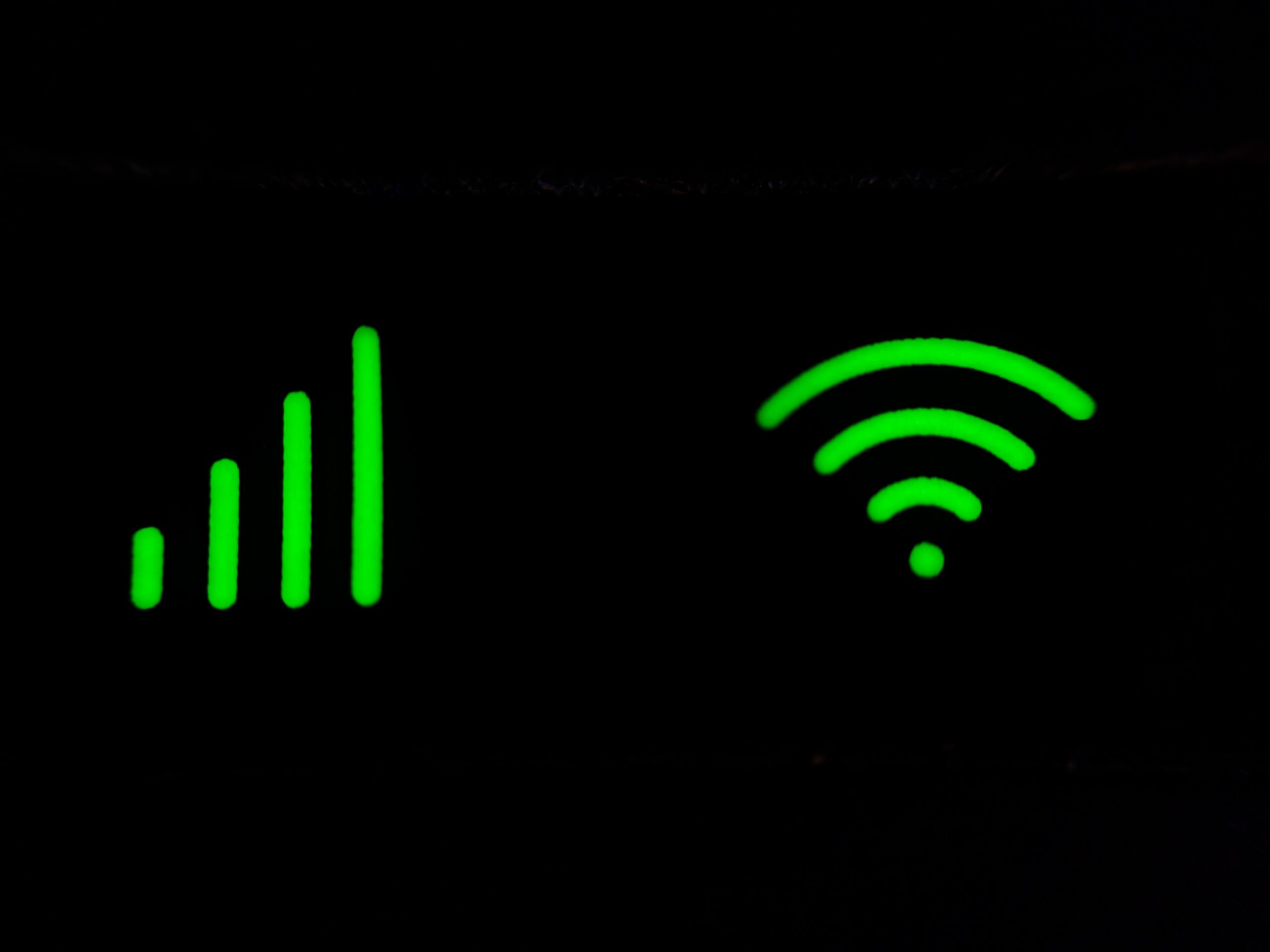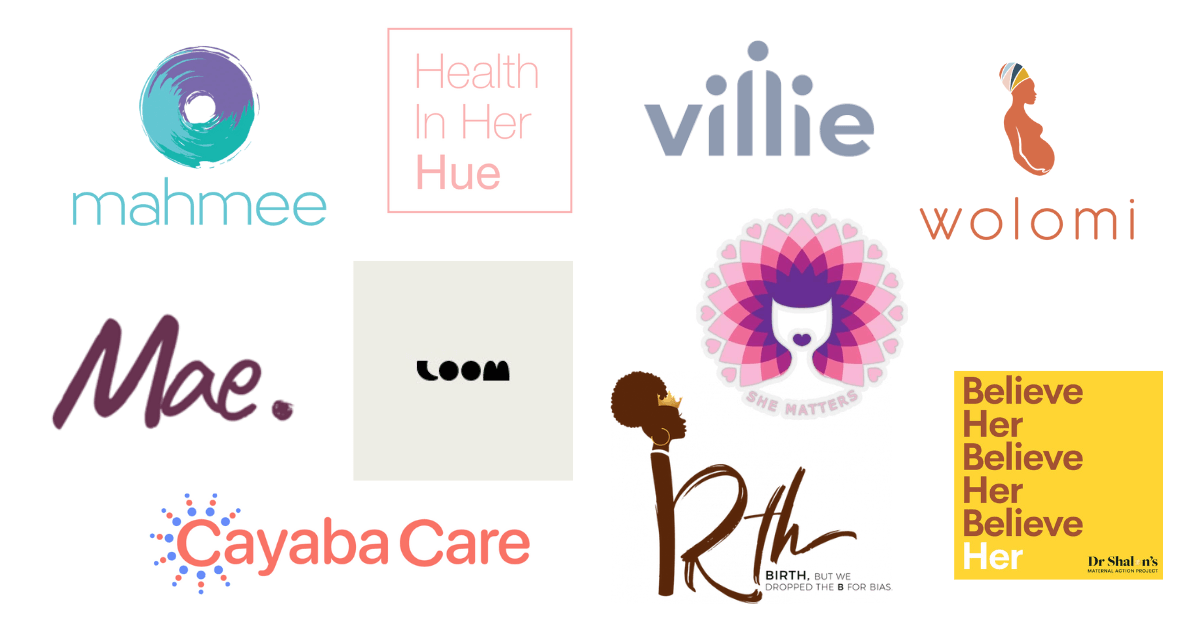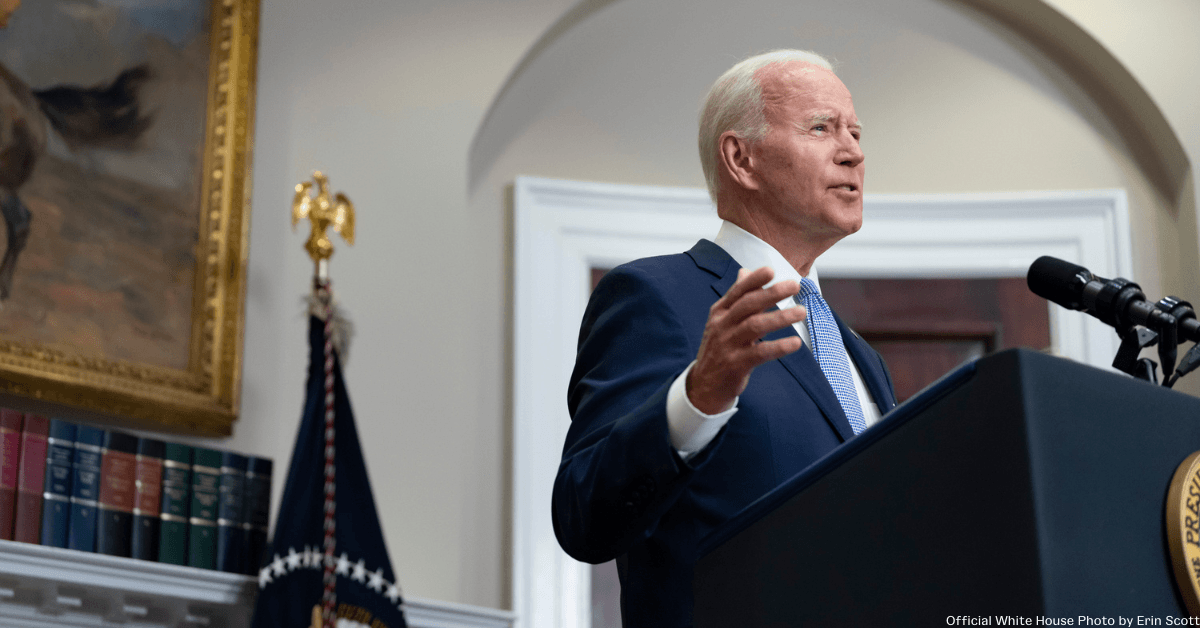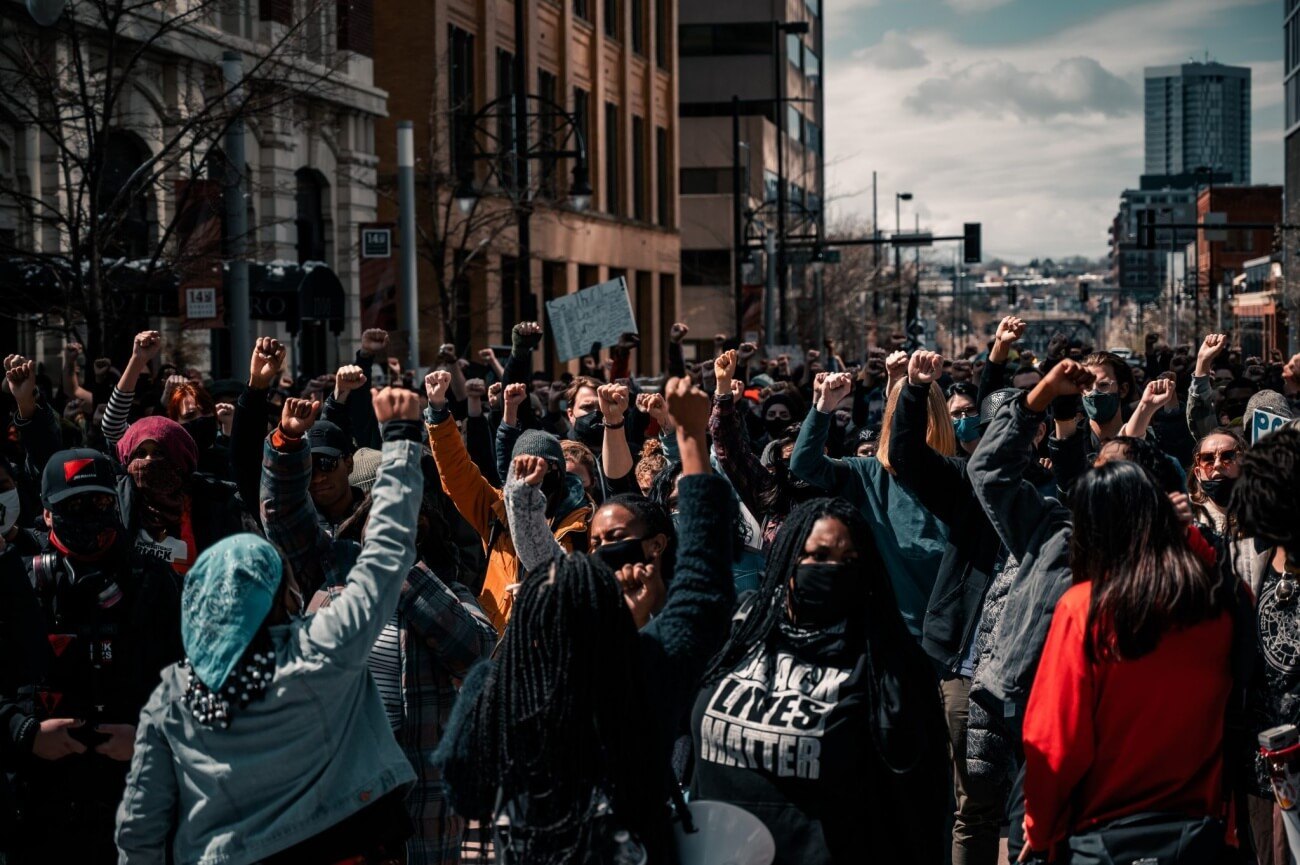KEY INSIGHTS
- The federal government is providing $42.4 billion toward state broadband grants.
- 30 states have a centralized office for broadband affairs.
- In 2022, state legislators will consider allocation for broadband from Build Back Better funding.
Broadband leaders are working in the trenches to close the digital gap. Thanks to the infrastructure law, $65 billion will go toward broadband equity. Still, some Black professionals believe more preparation of fund management and distribution around the U.S. can accurately help underrepresented areas achieve broadband connectivity.
“We have to make sure these communities of color are benefiting from the economic prosperity that we’re also excited about.” Joi Chaney, executive director of the Washington Bureau and Senior Vice President of policy announcement at the National Urban League, said during a 2021 National Black Caucus State of Legislators (NBCSL) policy panel. “Those who are dependent on government services for essential functions should be able to access the Internet.”
The National Telecommunications and Information Administration (NTIA) will dole out $42.45 billion for state broadband grants from the federal government. Many states from the District of Columbia, Puerto Rico and Territories will receive $100 million.
Over $14 billion will go towards the Affordable Connectivity Program and making it permanent. The program stipulates that the Federal Communications Commission (FCC) will provide monthly subsidies for low-income families to purchase internet service, with higher support for qualifying families in high-cost areas and households participating in the Women, Infants and Children (WIC) program.
The Department of Commerce will use $2.75 billion towards digital equity act competitive grant programs such as the State Capacity Grant Program as the state works to achieve digital equity and inclusion. Two-hundred fifty million dollars in funding will focus on senior citizens, veterans, minorities and non-native English speakers.
A remaining $3 billion will go towards the Tribal Broadband Connectivity Program ($2 billion) for tribal governments to deploy broadband and Middle Mile Grants ($1 billion), a National Telecommunications and Information Administration grant program for the construction, improvement or acquisition of infrastructure.
Several states are putting broadband funds into new or preexisting broadband programs and services.
“You need to set up the organizations now, not yesterday.” Robert Branson, President and CEO of Multicultural Media, Telecom and Internet Council (MMTC), said in an NBCSL policy panel. “You need to go ahead and set up something to work with states to set up a task force, agency or office that will deal with broadband.”
According to a Pew Charitable Trust report, 30 states have offices dedicated to broadband projects. Forty-nine states have agencies involved in broadband projects, and 32 states have a task force or formalized team that often involves multiple agencies and sectors for broadband issues.
California has a robust existing broadband grant program. The state legislature allotted $3.25 billion for the Department of Technology to oversee construction and subsequent maintenance of a statewide open-access middle-mile network and $500 million for the Public Utilities Commission to look after last-stage projects.
Virginia is allocating $8 million for the state’s Line Extension Customer Assistance Program to ensure that existing networks reach low-to-moderate-income residents. In addition, almost $500 million will go to The Department of Housing and Community Development to support broadband access managed and awarded through the Virginia Telecommunications Initiative grant-making process.
Colorado is building its existing broadband programs to work on the local capacity needed to apply for support for broadband infrastructure projects. The state’s broadband programs are led by the Colorado Broadband Office (CBO), which focuses on federal funding, public-private partnerships and broadband data. State lawmakers appropriated $35 million each to newly established digital inclusion and broadband stimulus grant programs and $5 million for a new interconnectivity grant program.
States like Connecticut are increasing broadband connections for low-income households through line extensions, which expand connectivity to unserved streets and neighborhoods, as well as other affordability measures. The state of Connecticut put in $9.5 million towards statewide geographic information system (GIS) capacity to improve state broadband availability maps, $10 million for Connecticut Education Network Wi-Fi connectivity and broadband in public spaces and $25 million for connectivity at health and mental health organizations.
When state legislators reconvene for 2022, they will consider allocating the $65 billion for broadband expansion in the infrastructure bill.
Sponsored Series: This reporting is made possible by the The Ewing Marion Kauffman Foundation
The Ewing Marion Kauffman Foundation is a private, nonpartisan foundation based in Kansas City, Mo., that seeks to build inclusive prosperity through a prepared workforce and entrepreneur-focused economic development. The Foundation uses its $3 billion in assets to change conditions, address root causes, and break down systemic barriers so that all people – regardless of race, gender, or geography – have the opportunity to achieve economic stability, mobility, and prosperity. For more information, visit www.kauffman.org and connect with us at www.twitter.com/kauffmanfdn and www.facebook.com/kauffmanfdn.








